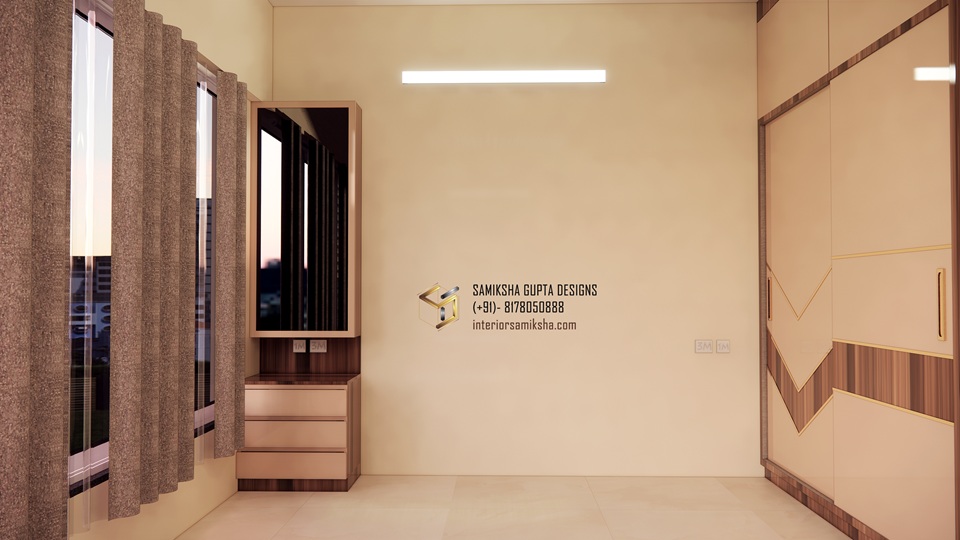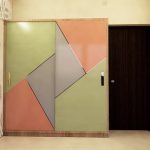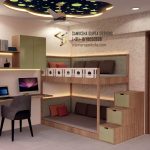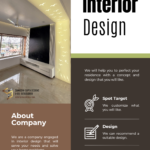Interior design is more than just picking the right furniture or paint colors—it’s about understanding the people who will live in the space. Every home tells a story, and that story begins with a conversation. The conversation primarily involves questions interior designers ask clients before starting the project.
Before I begin any project, whether it’s a full home makeover or designing a single room, I always start by asking a few key questions. These help me understand not just the space, but the lifestyle, personality, and preferences of the people I’m designing for.
Here’s a look at some of the most important questions interior designers ask clients—and why they matter so much.
1. Who’s Going to Use This Space?
This is always my first step. I ask questions like:
-
How many family members live here?
-
What are their names, ages, and daily routines?
-
Are there kids in the house? What are their interests?
These details help me design for functionality and comfort. For example, a young family with toddlers will need very different materials and layouts than a couple with teenage children.
2. What Are Your Occupations and Hobbies?
Understanding what each family member does professionally (and during their downtime) helps in space planning:
-
Do they work from home?
-
Do they need quiet zones?
-
Is there a need for a hobby space or reading corner?
Design should support the way people live. Occupation and lifestyle directly influence layout and usage of space.
3. What Does Each Room Need?
I go over each space one by one, asking:
-
What do you use this space for?
-
What’s missing here right now?
-
Is there something you absolutely want or don’t want?
This helps ensure the design is not only visually appealing but also practical. For example, someone might need extra storage in the living room or a multifunctional guest room that doubles up as a study.
4. Who Will Be the Decision-Maker?
This question becomes especially important when designing for large families.
When too many people are involved in design decisions, it can lead to confusion, delays, and miscommunication. So I always ask:
“Who should I consider the single point of contact for all design-related discussions?”
Having one representative ensures the project stays on track and decisions can be made quickly and smoothly.
5. What’s Your Budget?
Once I understand the design expectations and requirements, I gently move toward budget discussions. It’s always better to have an open and realistic conversation about costs upfront.
Knowing the budget range helps me make the right design choices—materials, finishes, furniture—that align with both your expectations and finances.
6. Visuals That Make It Easy
I also believe in keeping the design process simple and visual for my clients.
For example, here’s a 3D design of a dressing unit I created for a client recently:

No extra clutter, no confusion—just a clear, straightforward view of the design with actual finish choices. It made the decision-making process smooth and quick.


Final Thoughts
The design process becomes so much easier and more meaningful when there’s clarity from day one.
Asking the right questions helps me create spaces that aren’t just beautiful—but truly liveable and personal.
If you’re planning to redesign your space, take a moment to think about your needs, your routine, and your goals for your home. It’ll help you—and your designer—bring the best out of your space.
Looking for someone to help you design your home with clarity, care, and creativity?
Let’s connect. [Contact me here]




